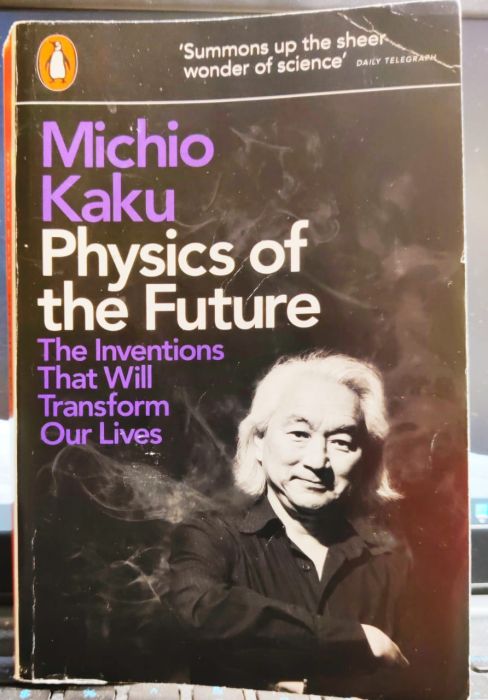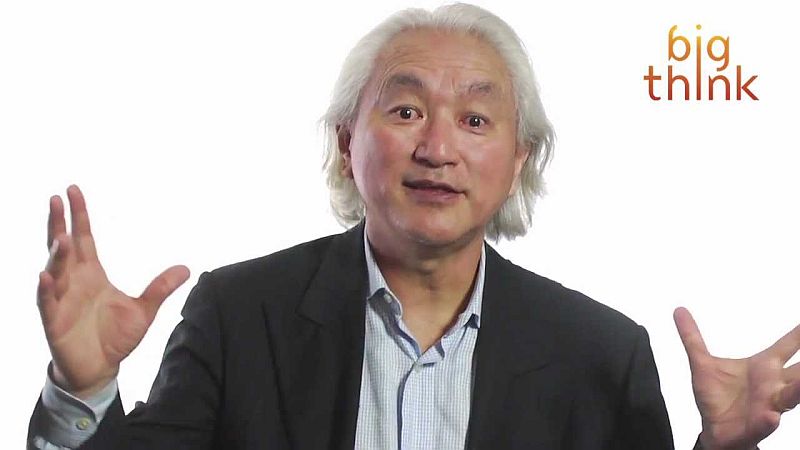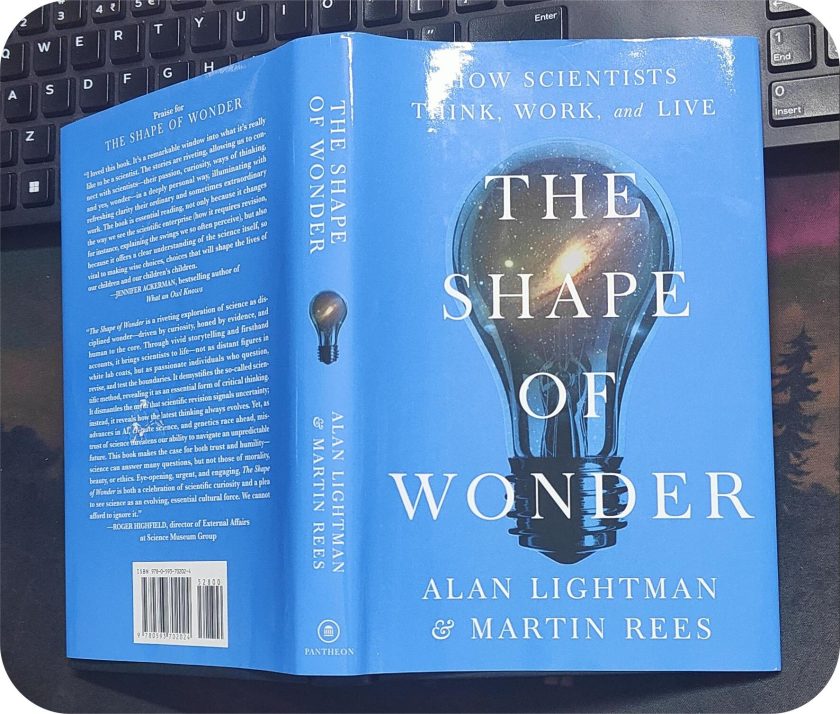
Physics of The Future is my second read from Dr. Michio Kaku, first being The Future of Humanity. For the current book, Dr. Kaku interviewed more than 300 scientists along with their research that would lead humanity to the next level in computers, medicine, nanotechnology, space exploration and energy production.
Books like these should be included in school curriculum. It’ll help the next generation to develop scientific curiosity towards what lay in-front of us. Also, the humanity’s limitless abilities.
In this book, each chapter is divided into three periods, that is,
First period – Today to 2030 (The Near Future)
Second period – 2030 to 2070 (Mid-century)
Third period – 2070 to 2100 (The Future)
Future of the Computer: Mind over Matter
This chapter deals with the future of machines. There will be rapid rise of computer power by the next century. Some of the interesting things that we will witness in the first period are: internet glasses and contact lens, driverless cars, four wall screens, flexible electronic paper, rise of virtual worlds, like metaverse.
Toilet, bathroom mirror and clothes will have DNA chips to silently determine cancer colonies incubating within our bodies. Thus, human life span will increase, at least we will be better equipped in dealing with unwanted invasions and internal cellular growth.
By mid-century, there will be end of Moore’s law, after all we will touch down the physical limits of silicon technology. There will be mixing of real world and virtual reality. Advancement of augmented reality will lead to revolution in tourism, art, shopping and warfare.
Third period will witness BrainGate like technology that will allow humans to control computers with tiny brain sensors. Electrodes (EEG & MRI) will be miniaturized and humans will be able to read thoughts and command objects by simply thinking, just like Gods as mythologies projected.
Photographing dreams will be the heights of contemporary technology. Everything will have a chip in it, making it highly intelligent. Additionally, things will be embedded with tiny super conductor that can generate bursts of magnetic energy, sufficient enough to move it across a room.
By 2100 we will live in a world that will be populated by robots having humanlike characteristics.
Future of AI: Rise of the Machines
Dr. Kaku here discusses the expert system and modular robotic body parts. He believes that by second period, robot surgeons and cooks will become common. In due course of time, it’ll lead to create emotional robots.
Reverse engineering of human brain, neuron by neuron and running simulation of these neurons on a huge computer, might help scientists to uncover the way how motor works. If possible, it’ll be the giant step in the making of human like bots.
Eventually, machines will become conscious. Of course, with a “chip in robot brains to automatically shut them off if they have murderous thoughts”.
By twenty second century, scientists will be able to replace each neuron in brain with transistor inside a robot. When robots exceed humans, machines will then be the children of humanity.
Future of Medicine: Perfection and Beyond
Dr. Kaku believes that in the future, reprogramming one’s genes can be achieved with the help of specially programmed virus. And this will can activate genes that slow the aging process.
By mid-century genetic enhancements will become common thing. Indispensable, maybe, for exploring the solar system and live on inhospitable planets.
The third period will witness immortality plus youth. Technology will be available for growing new organs via tissue engineering and stem cells.
Ingesting cocktail of proteins and enzymes to sustain youthfulness will be a common practise. And nano sensors will be present in our everyday surrounding to detect diseases before they become problem.
The idea of resurrecting life forms especially an extinct species or bringing back the Neanderthals will also be biologically possible.
Nanotechnology: Everything from Nothing?
Dr. Kaku discusses that with the tech of manipulating atoms, they will be able to fabricate programmable matter. Manipulating atoms could yield to second industrial revolution as molecules manufacturing will create new materials which will be super strong along with amazing electronic and magnetic properties.
If we were able to manipulate the atoms, we could play around with electrons and other forces that are dominate at atomic scale such as hydrogen bond and van der Waals. Many of the physical properties of substances are determined by these forces.
Pauli exclusion principle states that no two electrons can exist in the same quantum state. In fact, they repel each other. This is the reason objects appear to be solid, that is actually an illusion. The reality is that matter is basically empty. Therefore, by neutralising the Pauli exclusion principle, we might be able to pass through walls.
By the first period, Dr. Kaku expects a variety of nanomachines that locate and destroy cancer cells precisely, without touching the surrounding normal healthy cells.
Surgery will be replaced by molecular machines moving through the blood stream guided by magnets.
In the second period, shape shifting technology will emerge. With the help of nanoscale robotics and computer science, future scientists will be able to develop individual nanometer-scale computers called claytronic atoms, or catoms. These catoms will then interact with each other to form 3D objects/tangible orientations that a user can interact with.
By 2100, advocates of nanotechnology envision a molecular assembler, the “replicator”, that would be capable of creating anything. Trillions and trillions of nanobots converge on raw material, each one programmed to take them apart molecule by molecule and then reassemble them in a completely new product.
Future of Energy: Energy from the Stars
First period in energy sector will be dominated by solar/hydrogen economy, wind power, electric car and nuclear fission. However, the fission will produce enormous quantities of nuclear waste, which will be radioactive for 1000 years. Other problems are meltdown and explosions.
Therefore, in the mid-century, fusion with lasers or magnetic fields will take the age thus cold fusion will meet the dead end. Also, at the same time, global warming and greenhouse gas will make its impact because nations at present are reluctant to deal with global warming since the extravagance of oil, being the cheapest source of energy.
The last part of the century will be the age of magnetism. Room-temperature superconductors will usher the era of magnet-powered floating cars and trains.
Finally, we would be able to tap energy from the sky by sending huge numbers of satellites into the orbit to absorb direct radiation from the sun and then beaming back this energy to earth in form of microwave radiation. All this to create sustainable global emission free electricity.
Future of Space Travel: To the Stars
Robotic exploration of outer space is one of the most stunning achievements of humanity, says Dr. Kaku. Initiating solar sails into the orbit and by installing lasers on the moon that would hit the sail to give it extra momentum will help expanding our understanding of stars and limits in space.
Humanity will also witness a permanent moon base, after all we did find cold traps enveloping solid carbon dioxide in lunar regions.
By the mid-century, space tourism will be in boom and with this, mission to Mars will be the most promising option.
During the third period, thousands of nanoships will be ejected into space. Not all would reach the destination though. Their trajectories would be defined by the magnetic fields of neighbouring stellar body. Once they arrive to a nearby moon, they would uncoil themselves and create copies of itself.
Other interesting events that humanity will witness will be space elevators, nuclear rocket, ramjet fusion rocket and anti-matter rockets. Anti-matter rockets are still within the realm of physics but the cost of building one would be prohibitive for the near future, added Dr. Kaku.
Future of Wealth: Winners and Losers
In this chapter, Dr. Kaku discusses the challenges that humanity under the influence of future capitalism will face. With the immense breakthroughs in technology, some nations will survive and grow while others might perish away.
Giving reference to his discussion with Freeman Dyson at Princeton, he added, that bright minds if no longer take interest in solving difficult problems in physics and mathematics and prefer subjects like finance and investment banking, is a sign of decay. If society gives no preference to inventions and technology that nation is sure to fall apart.
Future of Humanity: Planetary Civilization
Physicists analyse civilisations on the basis of energy they consume. Accordingly, there are three types of civilisations:
- Type I – it is planetary. They consume silver of sunlight that falls on their planet, that is, 10 ^17 watts.
- Type II – it is stellar. They consume all the energy that their sun emits, that is, 10^27 watts.
- Type III – it is galactic. They consume energy of billions of stars, that is, 10^37 watts.
Dr. Kaku says, advantage of this classification is that we can quantify power of each civilisation. Therefore, with an average economic growth, humans might achieve planetary civilization status in the next 100 years. Unless of course we get wiped out of our planet due to natural catastrophe or some serious calamity.

Takeaway
Physics of The Future talks about the inventions that will transform our lives in the near future. This book helps us to look towards the future with awe and excitement. It indeed is a stepping stone for us to process how we will become super human with futuristic technology in hand.
Every night I look at the moon and say to myself, some day our grand kids will look up and say there lies our first lunar sub-station, isn’t that an awesome feeling!



